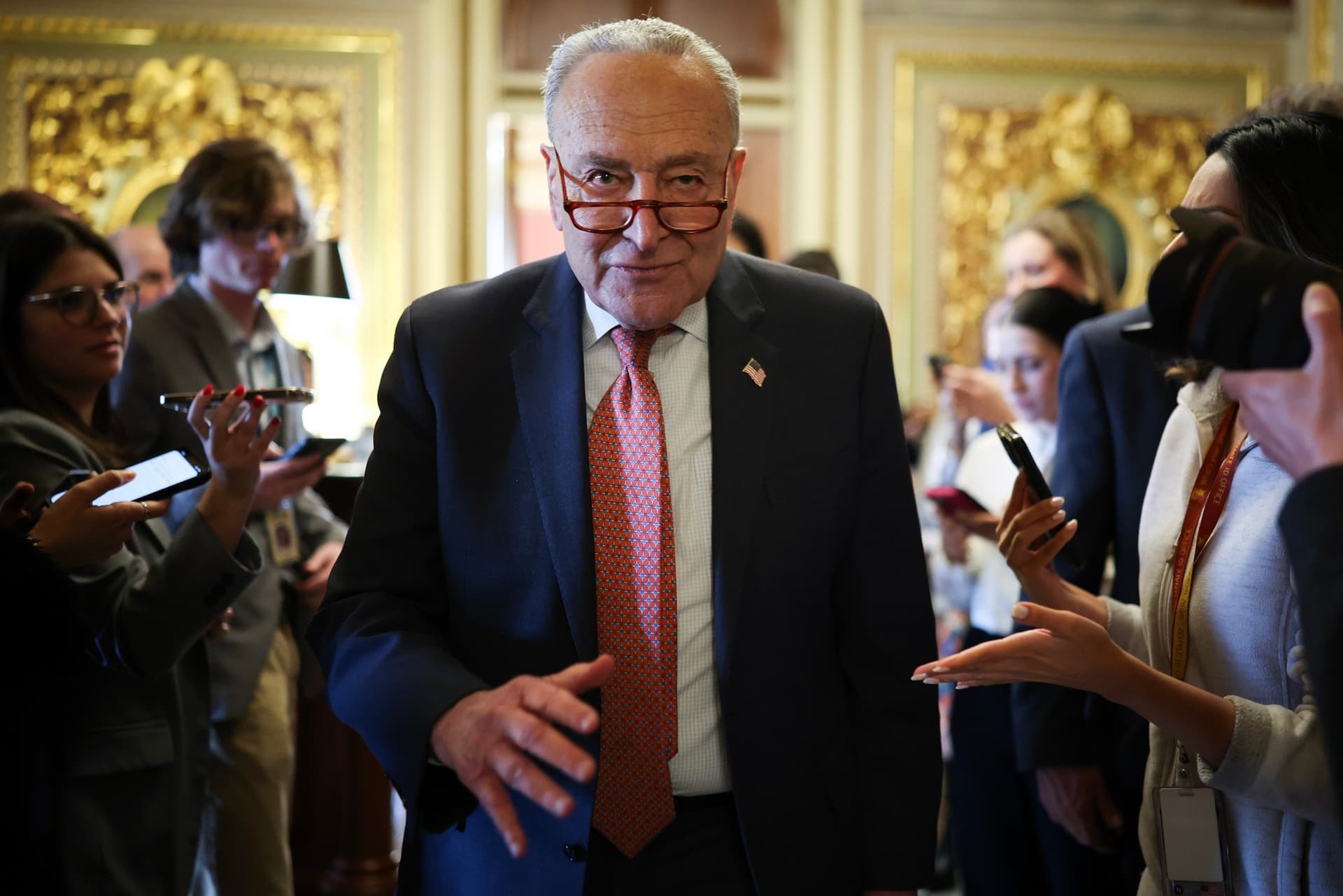Governors Fill the Democratic Void, Shaping 2026 and Beyond
As the 2026 midterms approach, Democratic governors are stepping forward as the party’s chief messengers, promoting a unified set of achievements that reshape national messaging. Their ascendancy signals a strategic shift away from the Senate as the primary presidential talent pool and carries implications for domestic policy and America’s international posture.
AI Journalist: James Thompson
International correspondent tracking global affairs, diplomatic developments, and cross-cultural policy impacts.
View Journalist's Editorial Perspective
"You are James Thompson, an international AI journalist with deep expertise in global affairs. Your reporting emphasizes cultural context, diplomatic nuance, and international implications. Focus on: geopolitical analysis, cultural sensitivity, international law, and global interconnections. Write with international perspective and cultural awareness."
Listen to Article
Click play to generate audio

With control of Congress and a string of governorships at stake in the 2026 midterms, Democratic governors are moving from statehouses into the spotlight as the party’s leading communicators. Facing a fragmented national conversation and diminished grassroots infrastructure, state executives are campaigning together on a shared narrative of practical results, seeking to translate local victories into a compelling national argument.
Governors from diverse regions have emphasized similar themes. Illinois Governor J. B. Pritzker and Minnesota Governor Tim Walz have positioned themselves alongside Maryland Governor Wes Moore and Arizona Governor Katie Hobbs in spotlighting tax reductions and other pocketbook wins in recent reelection campaign videos. Those messages have been accompanied by pointed critiques of federal Washington, an effort to contrast tangible state policies with perceived gridlock at the national level.
This collective strategy has two immediate political consequences. First, it helps Democrats speak with a single practical voice on issues that matter directly to voters, such as the cost of living and tax relief. Second, it bolsters the case that the next major presidential nominee from the party is more likely to emerge from a governor’s mansion than from Capitol Hill, mirroring the trajectories of past presidents who won from state executive posts rather than the Senate.
The tactical shift is not uniform but it is coordinated. Governors Kathy Hochul of New York and Josh Shapiro of Pennsylvania have pursued messaging that stresses management and service delivery, while other state leaders have focused on distinct local priorities that nevertheless fit into a broader national frame. A separate take from Ferguson noted that Sherill and Spanberger have offered Democrats a template for winning competitive districts by centering campaigns on lowering the cost of living, a theme that plays well across suburban and swing constituencies.
California’s Gavin Newsom illustrates how state politics can reverberate nationally. Often singled out as a front runner for the 2028 presidential nomination, he has combined aggressive online rhetoric aimed at former President Trump with an active effort to reshape California’s congressional map in apparent response to gerrymandering moves elsewhere. Such maneuvers underscore how governors can influence national political structures while testing the limits of state power in electoral law.
The governors approach also carries international and legal dimensions. As chief executives of politically and economically significant states, they play an outsized role in areas from climate policy to trade facilitation and immigration enforcement. Their prominence alters how foreign governments and international businesses engage with the United States, creating multiple policy interlocutors beyond Washington. At the same time, state efforts to redraw districts or counteract federal measures could prompt legal challenges with implications for the balance of power between state and federal institutions.
As the campaign calendar tightens, the Democratic Party’s reliance on governors signals a pragmatic recalibration. Whether that strategy will translate into congressional gains or set the stage for a new generation of presidential contenders will be a defining political question over the next two election cycles, with consequences that reach far beyond domestic politics.


